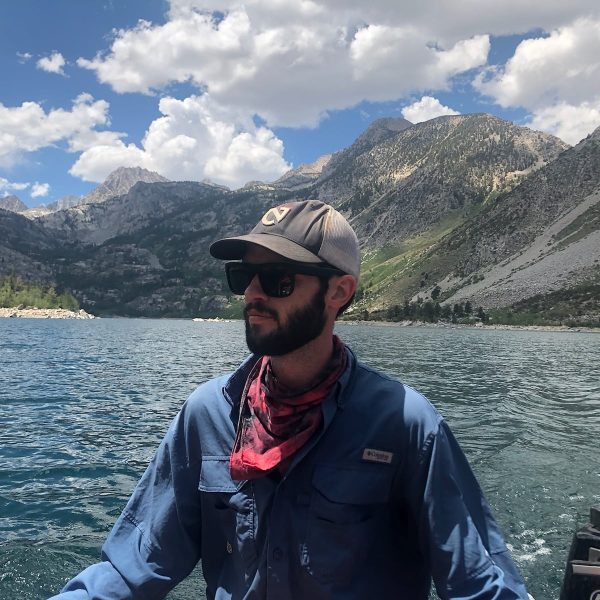
Estimating slip distribution along the southernmost ~80 km of the San Andreas fault by examining tectonically offset geomorphic features
William Buckley
MS Candidate
Advisor – Dr. Thomas Rockwell
Friday, May 6, 2022 @ 12:30 pm
CSL 422 or via zoom
Abstract
We measured tectonically offset geomorphic features along approximately 80 km of the southernmost San Andreas Fault (sSAF) between Bombay Beach and Indio Hills in the Salton Trough to obtain a better estimate for slip distribution and slip-per-event for the past several large, surface rupturing earthquakes along this segment of the fault. In addition to gathering aerial imagery from previously published B4 light detection and ranging (LiDAR) and uncrewed aerial vehicle (UAV) imagery, we constructed new high-resolution orthomosaics and digital surface models (DSMs) generated from Structure-from-Motion-Multiview Stereo (SfM-MVS) techniques from UAV imagery at multiple localities along the San Andreas fault in the Salton Trough region of California, which include areas at Durmid Hill, Salt Creek, Ferrum, Mecca Hills, and Indio Hills. The aerial imagery, along with field mapping, were used to identify and measure a total of 146 offset features with lateral displacement measurements ranging between 2 to 23 m. Investigation of offset features suggests that the last several large, surface rupturing events produced average displacements of 3.1-4.4 m per event, with lower overall lateral slip values where multiple fault strands are present. Offset features displaying less than ~1 m of lateral displacement were not considered in our study as these features likely reflect modern creep and triggered slip events, which post-date the most recent surface rupturing event in ca 1726 AD.

